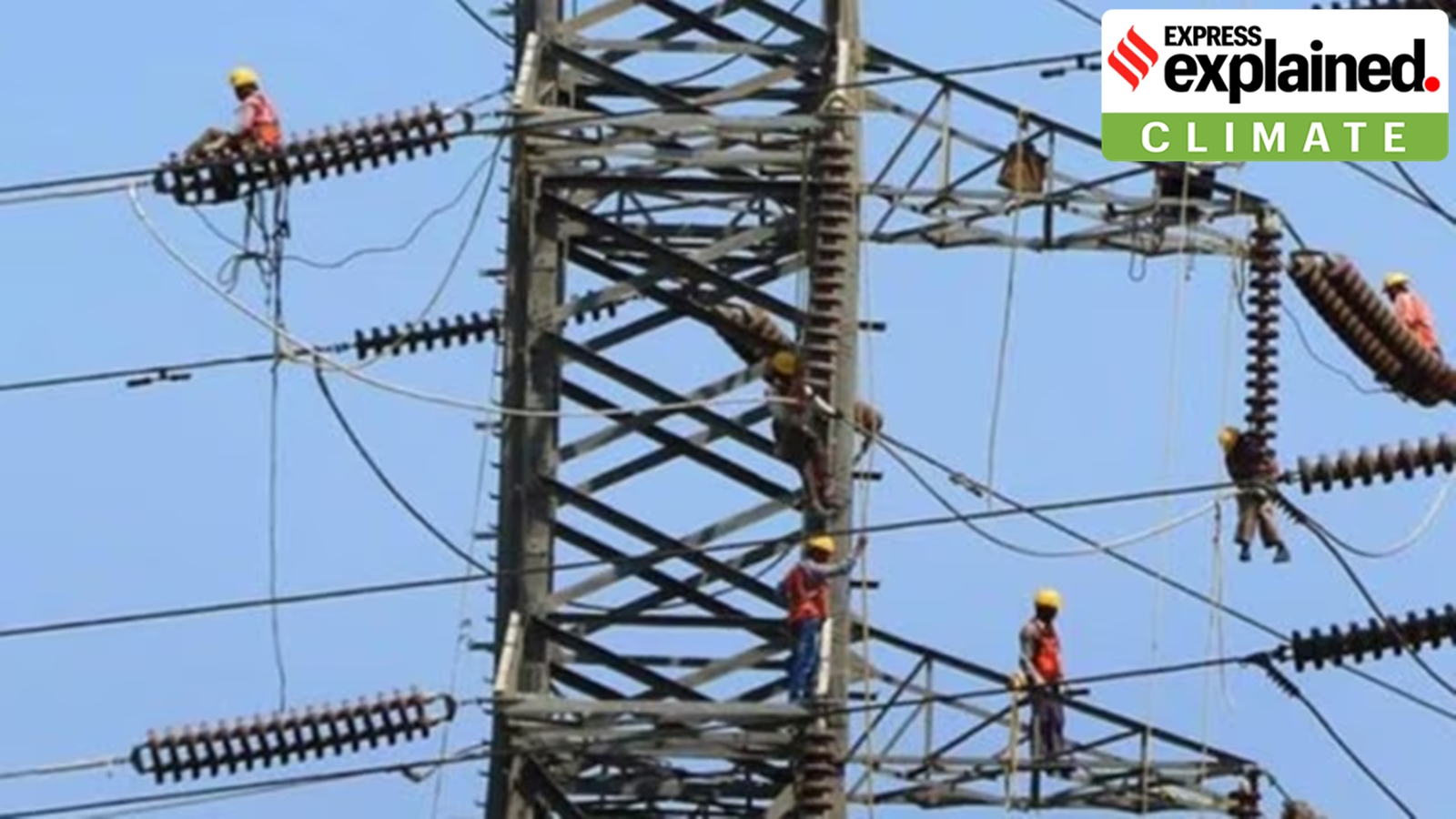This past month, amidst relentlessly high temperatures, electricity demand in Delhi repeatedly broke records. The unusually high demand also led to frequent power cuts in Delhi and neighbouring areas. Several places in central and eastern India faced similar or worse situations. The lack of electricity, combined with abnormally high night temperatures, made lives miserable, and could have even contributed to several heat-related deaths.
The unprecedented surge in electricity demand is just a glimpse of the kind of stress that critical infrastructure faces from extreme weather events and resultant disasters. Power systems are not the only ones that are vulnerable. Telecommunications, transportation, health services, and even cyber systems face disruptions due to disasters, complicating an already difficult crisis situation. The breakdown of essential and emergency services not only hampers relief, rescue and recovery, but also amplifies the risks and sometimes adds to the devastation.
Making critical infrastructure resilient to extreme events and disasters is, thus, a crucial component of climate change adaptation.
Mounting losses
While early warnings and quick response have significantly reduced human casualties in disasters, economic and other losses from extreme weather events and disasters have been rising. This is mainly due to the increase in frequency and intensity of such events. Government data show that in the five years between 2018 and 2023, states together spent more than Rs 1.5 lakh crore on dealing with the aftermath of disasters and natural calamities.
This is just the immediate expenditure. Long-term costs, in terms of livelihood losses for example, or because of a reduction in the fertility of agricultural land, are much bigger and projected to worsen over time. A 2022 World Bank report projected that the decline in productivity due to heat-related stress could take away around 34 million jobs in India by 2030. Just the food wastage, on account of transporting food items in non air-conditioned trucks and containers, was already worth about $9 billion annually, the report said.
The damage caused to critical infrastructure like transportation, telecommunications, and power supply by disasters and extreme weather events is often not counted in government figures, particularly when these services are privately owned. But this damage causes massive disruptions and makes the disaster worse.
Almost all the infrastructure sectors now have disaster management plans in place to prepare and respond to these events.
For instance, hospitals in disaster-prone areas are equipping themselves with backup power supplies, airports and railways are taking steps to avoid, or quickly drain out, waterlogging, and telecommunication lines are being taken underground. But progress on this front has been slow and a bulk of India’s infrastructure remains extremely vulnerable to disasters.
In the first of its kind exercise in any Indian state, the Coalition for Disaster Resilient Infrastructure (CDRI), an international organisation set up on India’s initiative, carried out a study of the electricity transmission and distribution infrastructure in Odisha, a state at high risk from cyclones. It found that the state’s infrastructure was extremely fragile.
The study, which was published last week, revealed that more than 30 per cent of the distribution substations were located within 20 km of the coastline, and 80 per cent of the electricity poles were susceptible to high wind speeds. Also, more than 75 per cent of distribution lines were installed more than 30 years ago, and do not have the capacity to withstand cyclonic winds. The situation is unlikely to be very different in other coastal states.
CDRI, as the name makes it evident, was created in 2019 with the express objective of making critical infrastructure resilient to natural disasters. An international body headquartered in India, CDRI is supposed to develop into a knowledge hub for implementing these transitions. More than 30 countries are now part of this coalition and are working with CDRI to strengthen their infrastructure. But only a few states in India have so far sought the expertise and collaboration of CDRI.
India is still in the process of developing its infrastructure. Most of the infrastructure that has been proposed to stand in India by 2030 is still to be built.
It is much easier, and cost-effective, to incorporate disaster resilience at the time of building than to retrofit these features at a later stage. All the upcoming infrastructure projects need to be climate smart — not just sustainable and energy efficient, but also resilient to disasters.
Having taken the initiative to create CDRI to serve the entire world, India needs to build the right templates for the most resilient infrastructure, ones that can withstand multi-hazard disasters.
© The Indian Express Pvt Ltd
First uploaded on: 26-06-2024 at 08:00 IST



